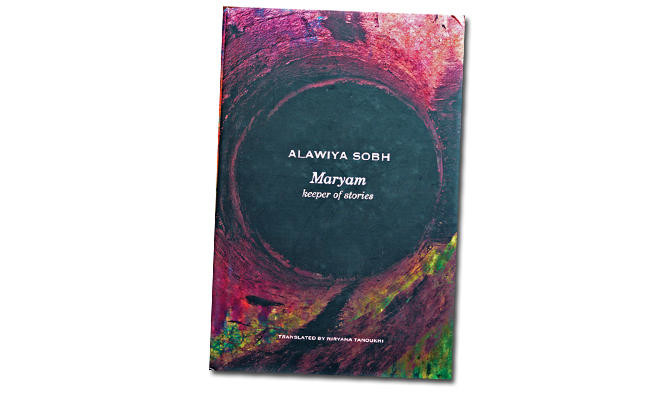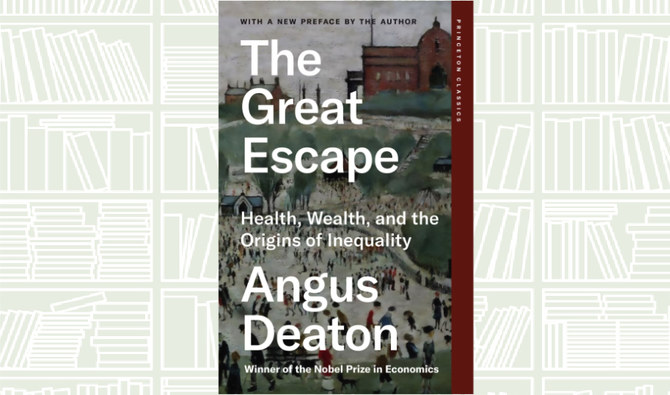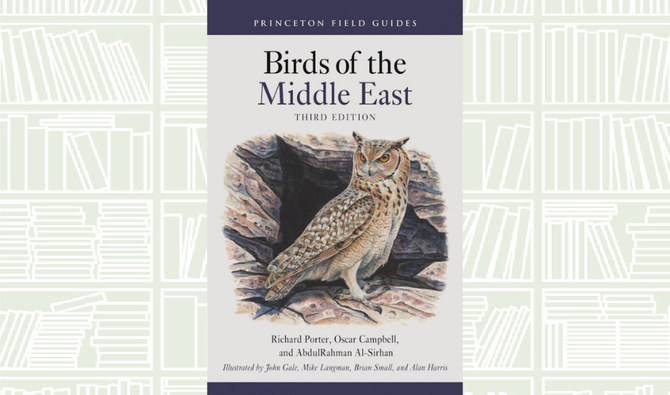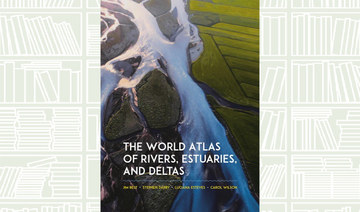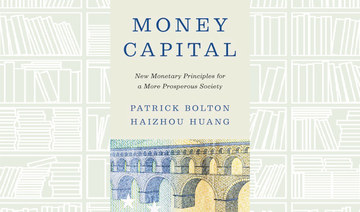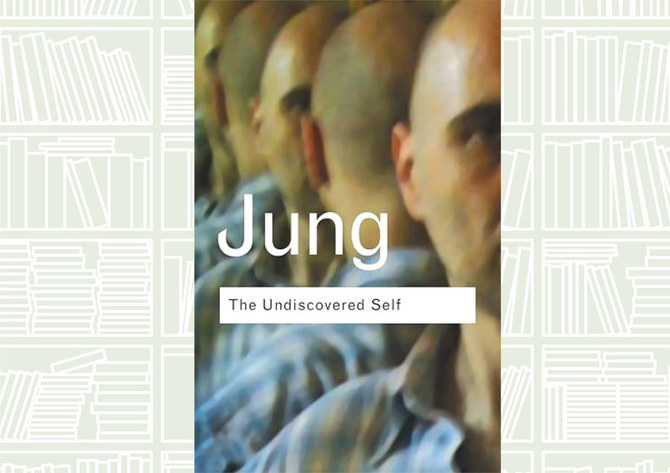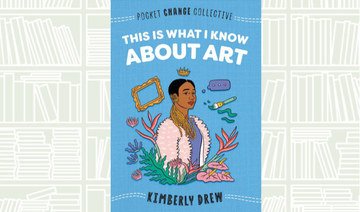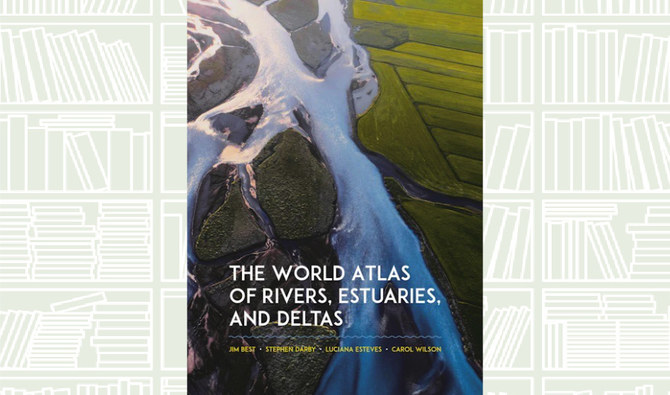Alawiya Sobh's “Maryam, Keeper of Stories” is a story that explores the lives of a few Lebanese women during the Lebanese Civil War. It was first written in 2002, originally in Arabic and won the Sultan Qaboos Prize. Nirvana Tanoukhi translated it into English 10 years later.
The book begins with a narrator named Maryam who is looking for Alawiyya Subuh, her writer friend who was going to write and publish Maryam’s story, and the stories of her family and friends, Ibtisam and Yasmine. But Alawiyya has disappeared, as has the story, “And all that I told her passed into nothing.”
With the disappearance of Alawiyya and Maryam’s looming emigration to Canada, she recalls everything she told Alawiyya of her past and her family’s past, sometimes angrily, sometimes somberly, wondering why Alawiyya did not keep her promise and write down their stories.
“She moved among us like a thief, picked up our stories as they slipped from our mouths into the room, pocketed them and stole away.” Did the stories themselves drive her away?
As Lebanon passes in and out of wars and invading armies, sometimes the Syrian army, sometimes the Israeli army, Maryam remembers, “In the old days, my room was a shelter for their stories and secrets.” She is a refuge for her friends as they weave themselves into life under warring factions and political instability where they must build and rebuild accordingly, when nothing is certain. And yet, despite their close bond, Maryam, Ibtisam, Yasmine and Alawiyya — who become closer than ever as the war continues, supporting one another, both physically and mentally — somehow drift apart when it is over and life moves on.
“I’m not sure why, but while it strung us together like the beads of a necklace, the war drove others apart. Then the necklace broke, and I came to wonder if we had come together to create our own world when the one around us had collapsed.”
And while the war hangs overhead, it is not the only backdrop for Maryam and her friends. Through relationships, marriages, politics, brief loves and tragedies, the women change and adapt, sometimes for the better and other times for the worse. “In avoiding the others, each of them flees from the war and its memories.”
Through her mother, a deeply religious woman, with a sharp tongue and no time for emotions other than anger and regret, and each generation of her sisters, Maryam learns of the harsh realities and softness of life and duty. Maryam recalls that her Mother’s fingers “had become so hardened and dry with the laundry and hot dishwater that the skin had become numb to fire itself.” It is through her duty that she loves her family, unable to express it any other way. And her father, who rode on camel-back between Lebanon, Syria and Palestine to pick up and deliver carpets, and struggled to find work in Beirut, the “world had taught him to be a man since boyhood, and he believed that men could have no childhood.”
Sobh writes a powerful book that speaks as a last refuge for Maryam and the people in her life. The relationships she writes of are more than just friendships, they are connections that have clasped onto each other’s hearts.
She writes of the powerful histories and bonds between women, mother and daughters, sisters and friends, tied together by a link so strong, they cannot be broken, even if the friendship changes. They are a part of each other’s lives and histories, telling their stories to one another “so we could be mirrors in which to discover their many faces and ours.”
The book is written with a kind of introspection of someone who has stood on the brink of death and looked onto the other side. It makes one remember everything, the good and the bad, giving both value, knowing that in a second everything can disappear. But there is humor and even laughter in the face of trauma. Life encompasses all emotions in Sobh’s book, taking with it the beauty of life and nature as well as the ugliness and uncertainty of it all, and the imperfect relationships that tie people together.
Sobh directs her reader down a beautifully tragic, real and witty path of life, one that holds a place in one’s memory more than in real life. The people she speaks of and the Lebanon she recalls may not exist anymore except in the memories of those who remember.
The book is fraught with death and love, love both pure and impure, and mostly messy. It is about love that has no clear path, and relationships that cannot be described in a single word. It is a story that grows as do all stories, but one that eventually encompasses you, through Sobh’s multifaceted characters and the history of Lebanon and the relatability of the people who make it so.
The book is full of introspection that is not only eye opening, but inspiring. The assumption that life is either one thing or the other is quickly dispelled in this book. Life is an amalgamation of every feeling and emotion, the good with the bad, and it is every individual who is responsible for themselves, as Maryam’s mother says, “To be a bird is flying, the bird must fly, but if he sits still, he may as well be a stone.”
— Manal Shakir is the author of "Magic Within," published by Harper Collins India, and a freelance writer. She lives in Chicago, Illinois.


